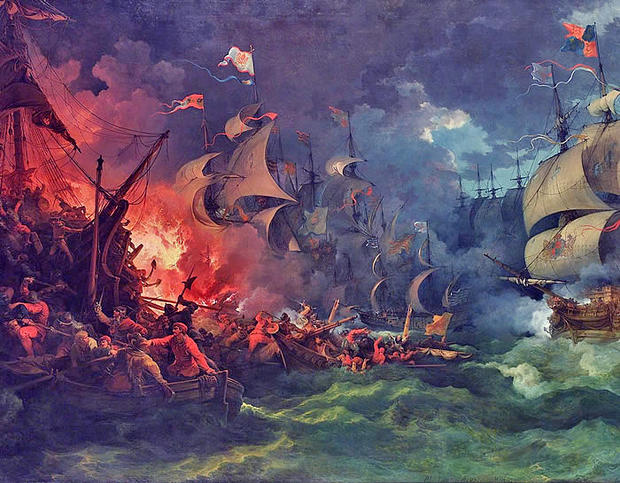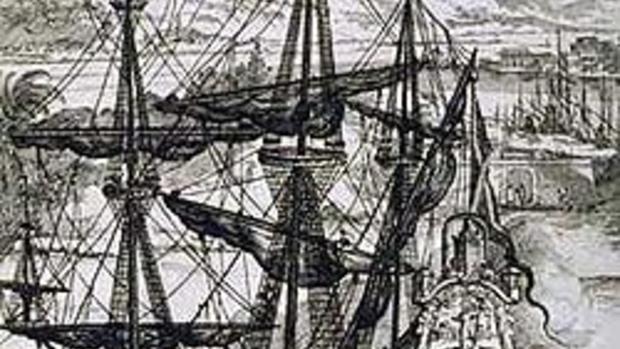Revisiting the Spanish Armada: How Changing Maritime Tech Changed the World
Changes in maritime technology, however minor, sometimes have been enough to change the course of history forever. So it was 422 years ago this week that the world witnessed one of those landmark events when Spain's King Philip II sent a massive naval armada to crush England. On paper, this seemed a certain no-contest clash. The Spanish fielded a fleet of around 150 ships, more than twice the size of the English navy. But superior English boat making skill provided the underdogs faster, more nimble boats that were able to outmaneuver the bigger Spanish galleons.
What's more, the big cannons found on Spanish galleons, usually dangerous to any enemy ship that came up on their side, were of limited use during this fight. And while the caliber of the English cannons may have been smaller, they enjoyed an advantage in accuracy, range and the amount of time it took to reload. The boats were also longer and could carry more ordinance.
On the evening of July 28, Spanish galleons anchored off the French coast near Calais, were set upon by the English, who set alight several boats filled with explosive materials and tar. This had the effect of breaking up the tight Spanish formation. Spanish ships soon found themselves vulnerable to separate and repeated attacks by the English leading up to a major engagement near the port of Gravelines.
A weakened Spanish fleet was further decimated during the return trip to Spain when high winds and rough waves caused even more losses. By the time the galleons made it back home, nly 65 ships remained. With the defeat of the Spanish Armada, England began to emerge as a world power in its own right.

